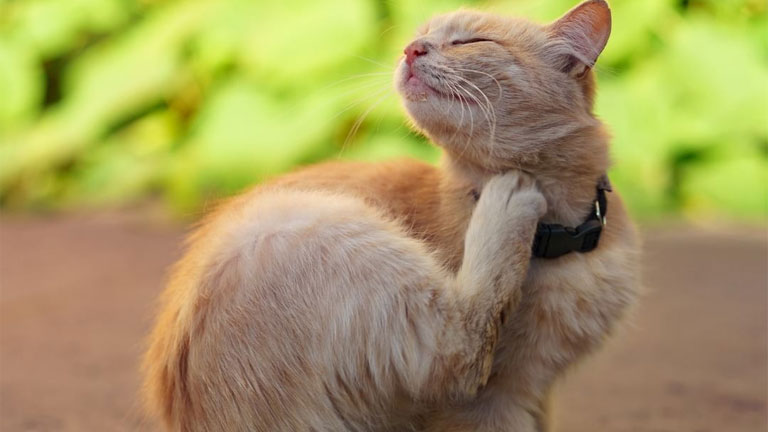 Unless you intend to live like a hermit and have absolutely no communication with the outside world, you will inevitably encounter people and animals along the way. The same goes for your cat.
Unless you intend to live like a hermit and have absolutely no communication with the outside world, you will inevitably encounter people and animals along the way. The same goes for your cat.
Knowing how to be around people or animals and socializing is just as important for your feline friend as it is for you. Maybe you need to take your partner to a romantic dinner in Abu Dhabi or go away for a few days with your kids or closest friends. Whether it is for business or leisure, you will need to leave your pet to another person’s care.
It doesn’t matter what your options are, whether it is leaving your cat with a relative, a neighbor, hiring a pet-sitter. If your pet is not used to being around other animals or people, the experience of being left in the care of other people can quickly become very stressful. He could become skittish, depressed, or even aggressive, depending on your cat’s personality.
Before inviting guests over or leaving your cat in another person’s care, it is important to teach him socialization skills. Here are a few tips to get you started.
Start them young
Compared to dogs and other pets, felines have smaller socialization windows. Experts say the first 16 weeks are critical for developing positive social and behavioral habits. However small the window of opportunity may be, owners need to take full advantage of this time to get their kittens exposed to different stimuli.
Socialization starts at home. If you’re raising kittens from the day they were born, interaction with the mother cat and siblings is one way to get them started. You can invite guests over while the kittens are young to get them accustomed to people.
The same philosophy applies to kittens raised in other homes or adopting cats from the shelter. Ask about the kitten or cat’s background before bringing one into your home. Knowing about the cat’s history can provide hints about their comfort levels when around other animals or people.
When adding a new member to your home with pets, choose one that exhibits the same or a similar personality as the ones you already have. By having pets with similar personalities, the introduction, interaction, and transition periods become smoother for all parties involved.
Introducing your new cat
Odors are an essential component of the introduction process. You can use smell to introduce cats to each other without direct interaction. Anything can be used to carry and transfer scents – a piece of fabric, used clothing, or even your hands can serve this purpose.
After taking the new cat home, you can place him in a separate room, away from your other pets. Leaving the addition by himself allows him to take in his new surroundings slowly. You can then use this opportunity to gradually introduce other stimuli or the smells from the other members of the household.
For instance, you can rub a piece of fabric on your cat and then leave it in the space of the new member. You can do the same by introducing the new cat’s smell to your existing troupe. In the case of your partner, kids, or guests, you can ask for a piece of used clothing and leave it inside the room.
Alternatively, you can use your hands to stroke your cats. Stroking your cats without washing your hands in between allows you to mix their smells and see how each party reacts.
Observe their reaction to the smell, whether the foreign odor is from another animal or a person. A positive response is an indication that the cat/s accept the unfamiliar scent as a friend and not a foe.
Tackling separation anxiety
Separation anxiety tends to be stronger in cats that have not been exposed to other animals or people. However, separation anxiety can still occur in well-adjusted cats, especially if you live alone. You can tell by how your cat responds to you leaving.
Does your cat become excessively loud or leave packages around the house? Any unusual behavior is a potential indicator of cat stress and separation anxiety.
Test it out with short trips outside the house, initially just for a few minutes. Leave as you generally would, without making any fuss. Upon returning, make no effort to greet your cat to make it appear that your comings and goings are normal.
Adjust the amount of time you are away, depending on the results. Lengthen the time of your absence if your cat appears to tolerate you being away. On the other hand, shorten the time of your trips if your cat seems distressed.
After following these tips, you can feel more confident in leaving your cat in the care of other people. Remember to give it time and take it slow. This way, your feline friend will learn to get used to being around other people besides you.




